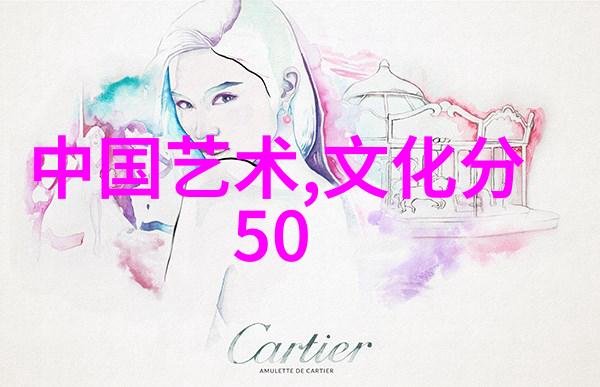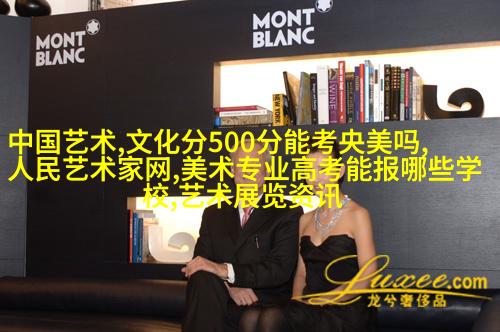金融艺术的双重奏鸣银行如何收购和投资现代艺术品
在当今全球化的大环境下,银行不仅是金融服务的提供者,更成为了一种文化投资的重要参与者。随着经济发展和市场需求的增长,银行开始积极地介入艺术品收购领域,这一趋势被称为“银行艺术品收购”。这种现象既反映了资本市场对文化产品价值的认可,也体现了金融机构寻求多元化投资组合的一种策略。

首先,banks' art acquisition is not just about collecting masterpieces for display purposes. It's a deliberate investment strategy aimed at generating long-term financial returns. Banks recognize the potential of art market, which has shown steady growth over the years, to provide stable and consistent returns. By diversifying their portfolios with art investments, banks can hedge against market volatility and reduce overall risk exposure.
Secondly, banks are increasingly aware of the cultural significance of art in fostering social connections and community engagement. By acquiring artworks from local artists or supporting emerging talent, banks demonstrate their commitment to nurturing artistic innovation and promoting cultural diversity within their respective regions. This approach also helps to enhance bank's corporate image and reputation among customers.

Thirdly, banks have developed sophisticated methods for assessing the value of artworks as an investment asset class. They employ specialized teams comprising experts in both finance and art history who work together to evaluate an artwork's authenticity, provenance, condition, rarity, and market demand before making a purchase decision.
Fourthly, banks have established partnerships with reputable auction houses such as Christie's or Sotheby's to access high-quality artworks that meet their investment criteria. These partnerships ensure that bank clients receive expert advice on selecting valuable pieces while maintaining transparency throughout the transaction process.

Fifthly,banks often choose to hold onto these artworks for extended periods rather than selling them immediately after purchase. This allows them time to monitor market trends and assess whether they can generate higher returns through resale or other means such as renting out space for exhibitions.
Lastly,banks' involvement in banking arts collection has created new opportunities for collaboration between financial institutions and artists themselves. As a result of this partnership-driven approach towards investing in contemporary culture by purchasing works directly from living artists during various stages of development (from sketches through final works), these organizations contribute significantly towards preserving artistic heritage while simultaneously contributing financially toward its creation.

In conclusion,banking arts collection represents more than just financial transactions; it symbolizes a deeper understanding between two seemingly disparate worlds: finance & culture., reflecting economic growth alongside personal enrichment through shared experiences provided by unique forms like paintings & sculptures – all while creating lasting legacies via monetary support given back into communities most affected by current global challenges faced today!